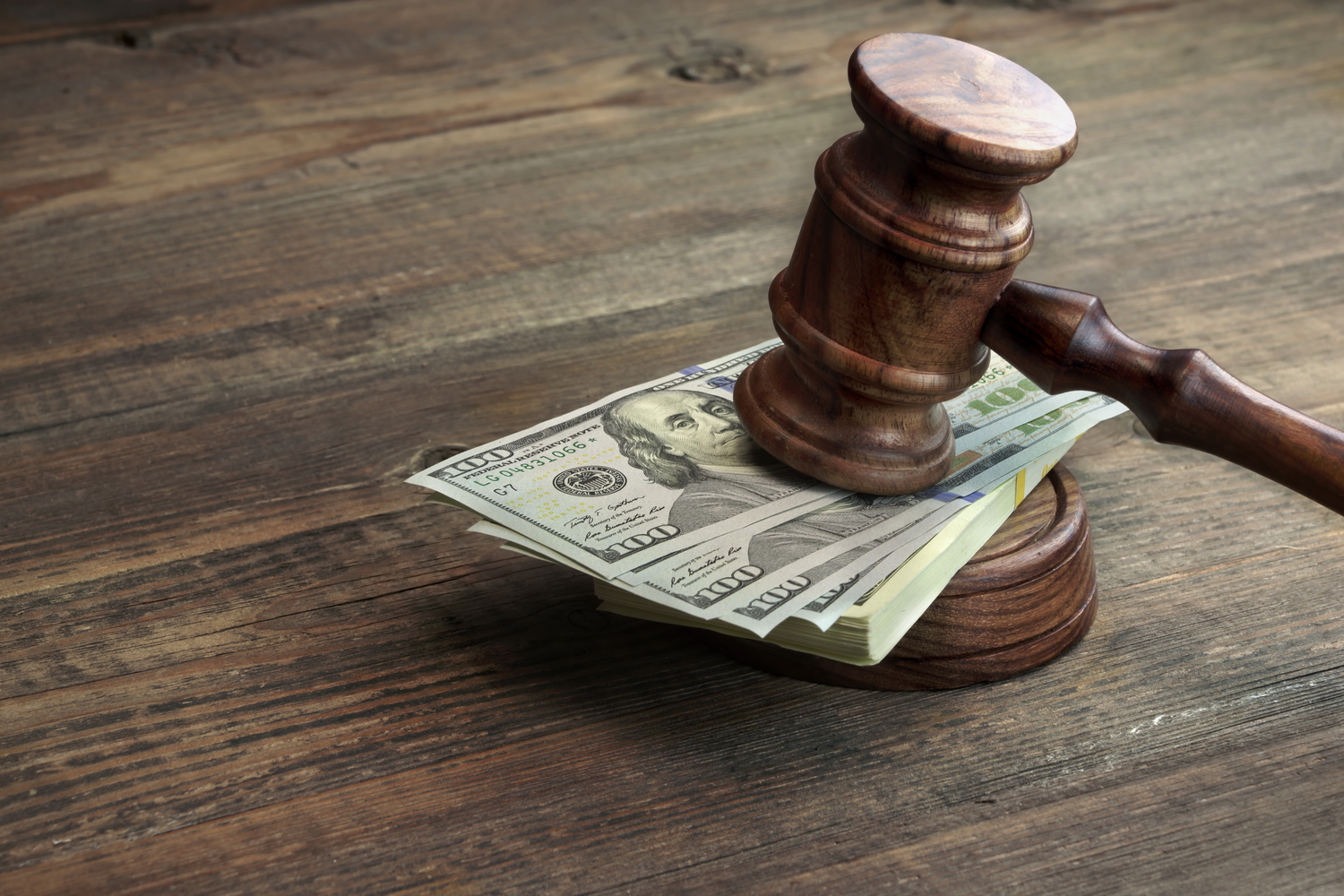Guide to Filing for Chapter 7 Bankruptcy: Procedures and Costs
Learn about the complete process of filing for Chapter 7 bankruptcy, including costs, eligibility, and potential impacts. This comprehensive guide helps you understand the steps involved, from filing and counseling to debt discharge, ensuring informed decisions during financial hardship.
Sponsored

Chapter 7 bankruptcy provides a legal pathway for individuals and entities to liquidate assets to settle debts when unable to pay. A bankruptcy trustee is appointed to oversee the process, reviewing your assets to determine liquidation. To initiate this process, you must submit required documentation, after which the trustee assesses your financial situation. Understanding the steps involved and the associated costs is essential for a successful filing.
What is Chapter 7 Bankruptcy?
Chapter 7 involves asset liquidation when debtors cannot fulfill their financial obligations. An appointed trustee manages the case, examining your assets to decide which to liquidate to satisfy creditors. Priority is given to unsecured debts such as tax debts, child support, and personal injury claims, which are paid first. Remaining debts are discharged after liquidation. Eligibility requires passing a means test, and you cannot file if you've filed within the past eight years.
Bankruptcy Filing Expenses
The total cost of applying for Chapter 7 bankruptcy includes court fees and additional expenses. The court filing fee is $338, including a $15 trustee surcharge, $78 administrative fee, and $245 filing fee. If you need to reopen your case, there's a $260 fee. Additional costs include attorney fees, which vary depending on case complexity and location, potentially costing thousands of dollars. While fixed fees are modest, legal expenses can significantly increase the overall cost.
The bankruptcy process generally involves several key steps:
Completing Forms and Credit Counseling
Within six months of filing, you must complete credit counseling. The court may waive this requirement if approved counseling agencies are unavailable in your district, or if exceptional circumstances exist. Afterward, you file a petition to initiate the case, providing details about your finances and assets. An automatic stay is then issued, halting creditor actions like wage garnishments.
Appointment of Trustee
The court assigns a trustee to review your assets and oversee the liquidation process. The trustee arranges a meeting with creditors where they may question you and verify your financial declarations. This step confirms the validity of your bankruptcy petition.
Debt Repayment and Asset Liquidation
The trustee liquidates non-exempt assets to repay creditors while allowing you to retain essential property such as your primary residence, car, and personal belongings. Assets beyond these are sold to cover debts. This process aims to balance debt repayment with preserving a basic standard of living.
Debt Discharge
Following liquidation, the trustee ensures debts are paid in a specific order, and law establishes which debts can be discharged. Most unsecured debts are eliminated, relieving you of future payment obligations. However, certain debts like student loans, taxes, child support, and alimony are not discharged.
Potential Effects of Bankruptcy
Filing for Chapter 7 has lasting impacts; your credit report reflects the bankruptcy for ten years, affecting your ability to obtain new credit. Misinformation or lost documents may lead to creditor attempts to recover debts even after discharge. Therefore, thoroughly consider costs and consequences before proceeding, and treat bankruptcy as a last resort to avoid future challenges.





